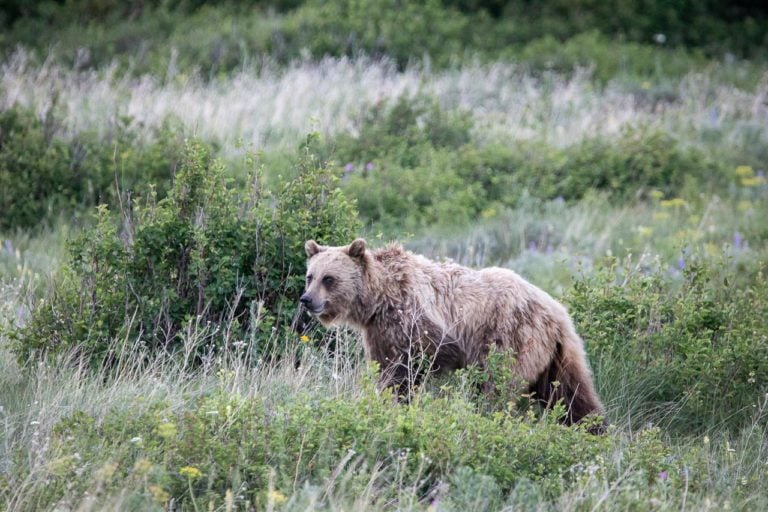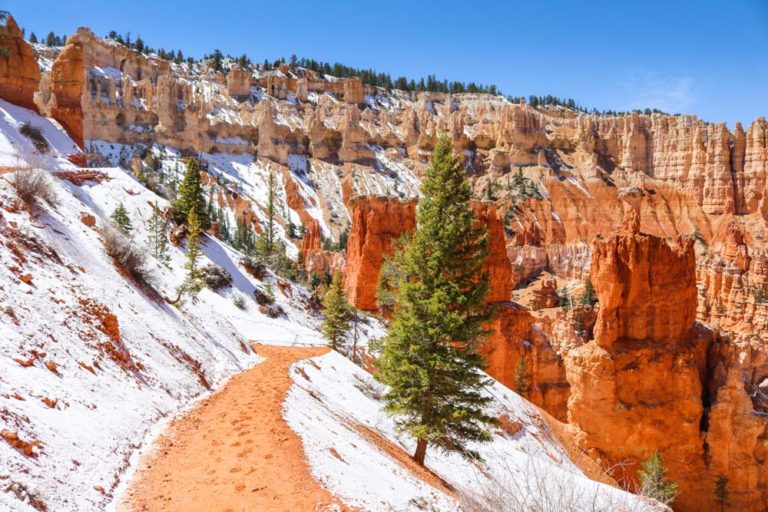Þingvellir National Park, Iceland – Unique Nature & World Heritage
Posts on this site may contain affiliate links. This means that whenever you buy or book something through those links, we may earn a small commission – without any extra cost to you at all! You can read more about our Terms of Use / Disclosure here.
Visiting Þingvellir National Park was my number one priority when I was in Iceland recently, along with seeing as many waterfalls as possible in the timespan of two days.
The Icelandic name of this great national park is anglicized as Thingvellir, but for the purpose of correctness I’ll use its original name here in this blog post. Þingvellir National Park lies a mere 40-minute drive from Reykjavík and 1 hour and 15 minutes from Keflavík International Airport. It makes, in other words, for a superb destination if you have a one-day layover in Iceland.
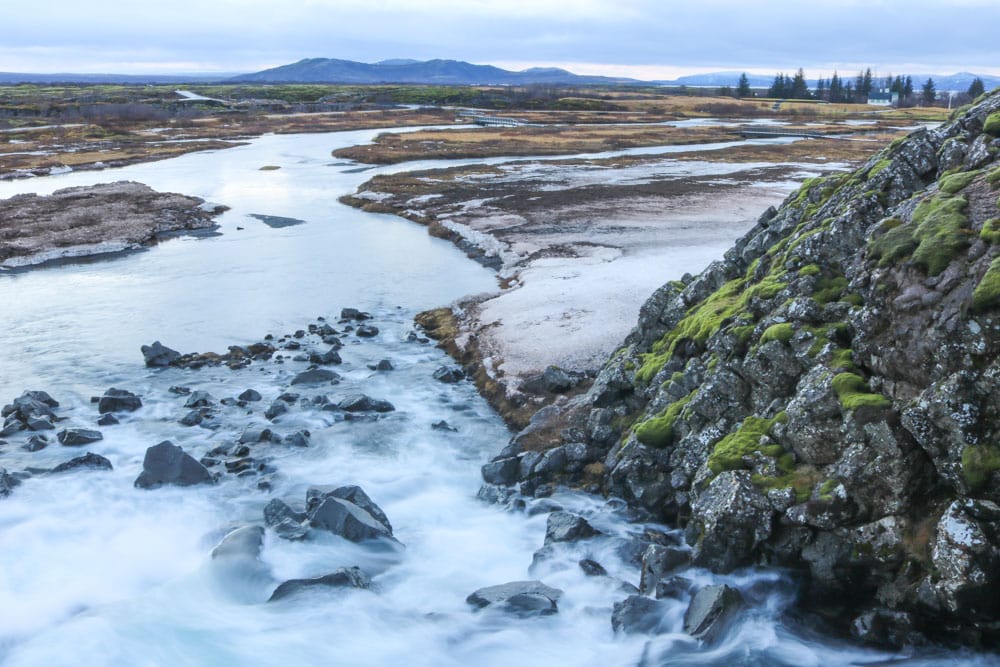
Þingvellir National Park is extraordinary for a unique variety of reasons. First of all, this is where the oldest still existing parliament in the world used to gather. It also encompasses a number of fascinating natural sites, including a couple of waterfalls, rivers and a part of the Mid-Atlantic Ridge.
Þingvellir is a national park and a UNESCO World Heritage Site as well, effectively combining my two favorite destination categories—national parks and UNESCO World Heritage Sites.
I’ll cover all these features in greater detail below.
Things Not to Miss at Þingvellir National Park
It’s extremely easy to get around in Þingvellir National Park. Numerous hiking trails crisscross the entire area, connecting all major points of interest. The park’s central area is not that expansive and is easily explored in just a few hours.
Almannagjá – Everyman’s Gorge
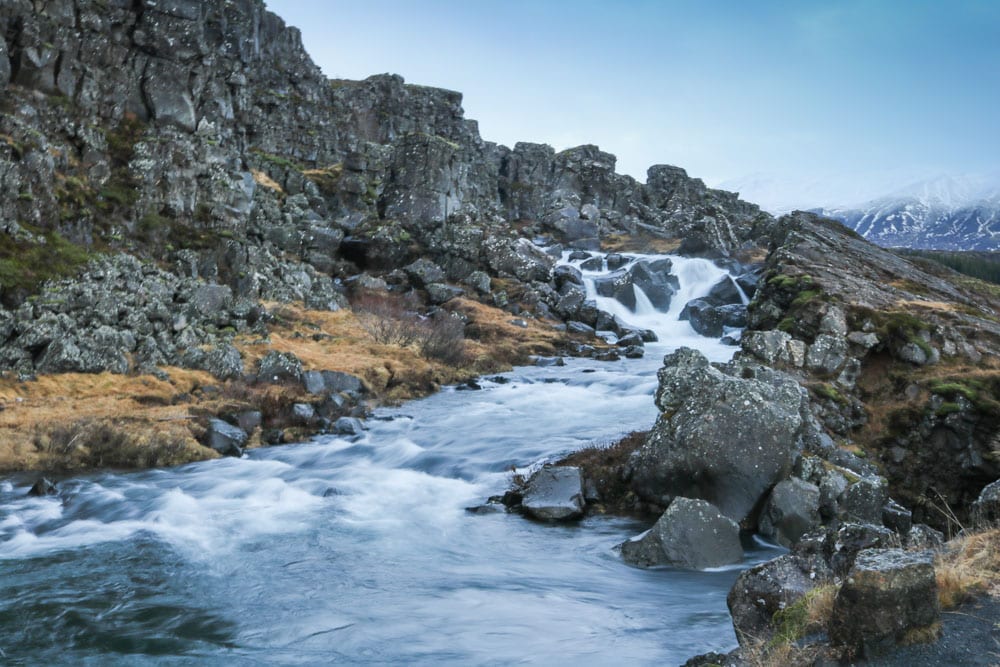
Þingvellir is part of a belt of fissures and volcanic activity that runs across Iceland. It’s located on the Mid-Atlantic Ridge, the very junction of the Eurasian and American tectonic plates. The national park lies at the western end of a rift valley that stretches from the northeast of Iceland to Þingvallavatn (Thingvellir Lake in English).
In this area, the earth’s crust has been diverging and subsiding for 10,000 years now. The land to the west of Almannagjá (Everyman’s Gorge) moves further to the west while the land to the east of Hrafnagjá (Raven Gorge) moves eastward.
This currently happens at a rate of 3 mm (0.12 inches) per year. Over the course of the past 10,000 years, the total divergence amounts to 70 meters (230 feet).
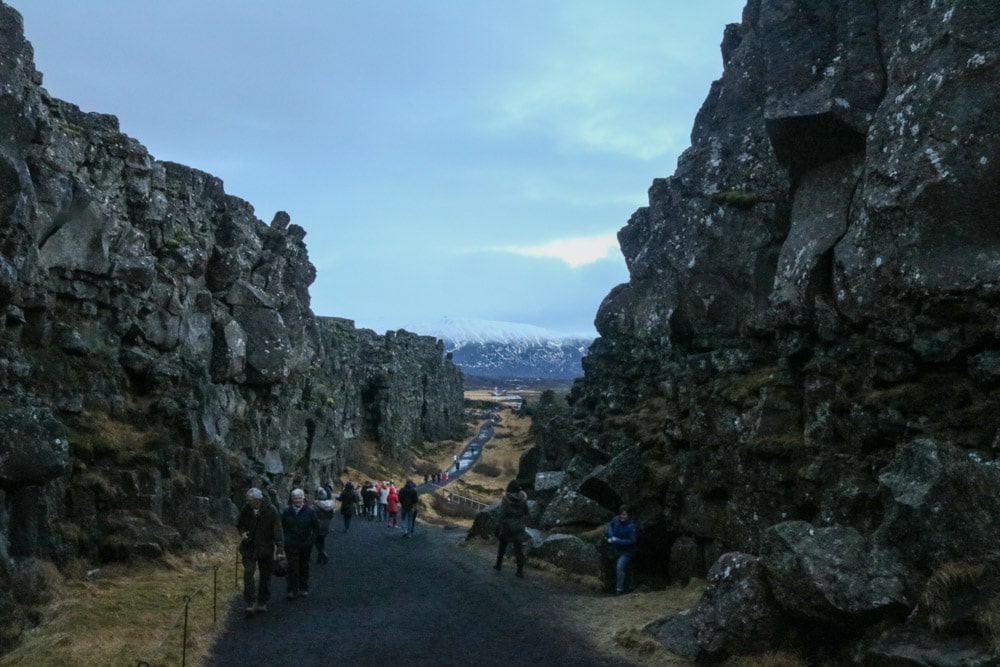
In Þingvellir National Park, you can walk in Everyman’s Gorge, flanked by sheer walls of volcanic rock on both sides. During your walk, you’ll literally walk between two different continents.
When it comes to accessible, unique natural features, it doesn’t get a whole lot better than this.
Lögberg – Law Rock
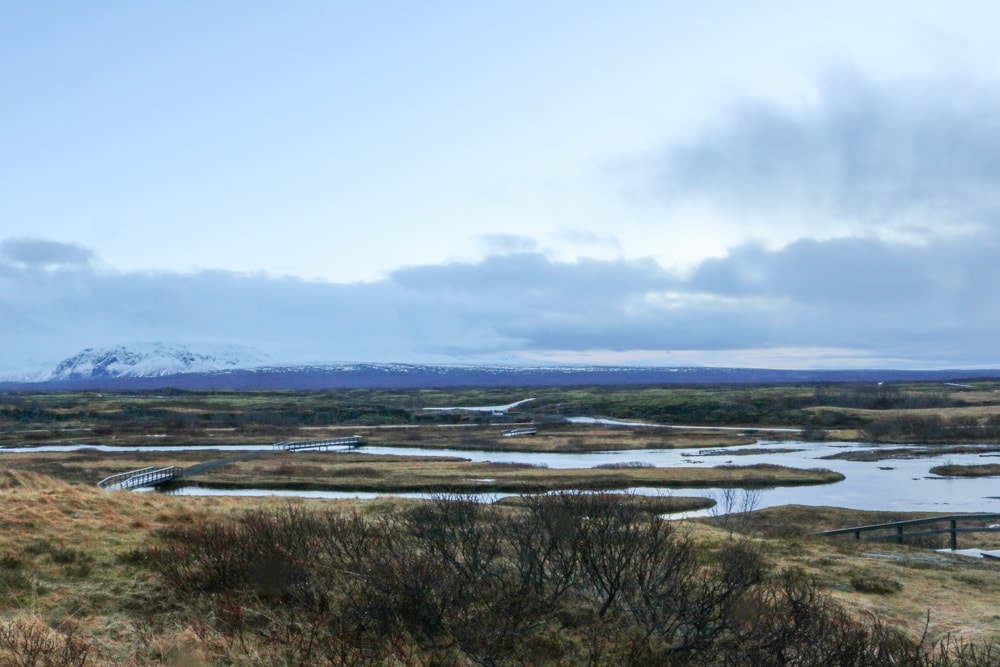
Lögberg (Law Rock in English) lies right next to Everyman’s Gorge. This rock at the edge of the gorge, overlooking the Öxará river and the surrounding plains, was the focal point during the AlÞingi, Iceland’s—and the world’s—very first parliament.
After the settlement of Iceland in 870, the new inhabitants began making plans for a formal centralized government. This resulted in the AlÞingi or general assembly, which met for the first time at Þingvellir around 930. In medieval times, the AlÞingi was Iceland’s highest court as well as legislature.
The AlÞingi took place every summer. Its members stayed in temporary shelters or booths, traveling to Þingvellir from all over the country on overland routes.
The Law Speaker, who was elected for a three-year term, addressed the AlÞingi from atop Law Rock, proclaiming new laws and refreshing old ones—this was at a time when the Icelanders didn’t have a written language yet.
Also at Law Rock, the Icelanders adopted the Christian religion in the year 1000. Law Rock was open to everyone and everyone had the right to address the AlÞingi from the rock.
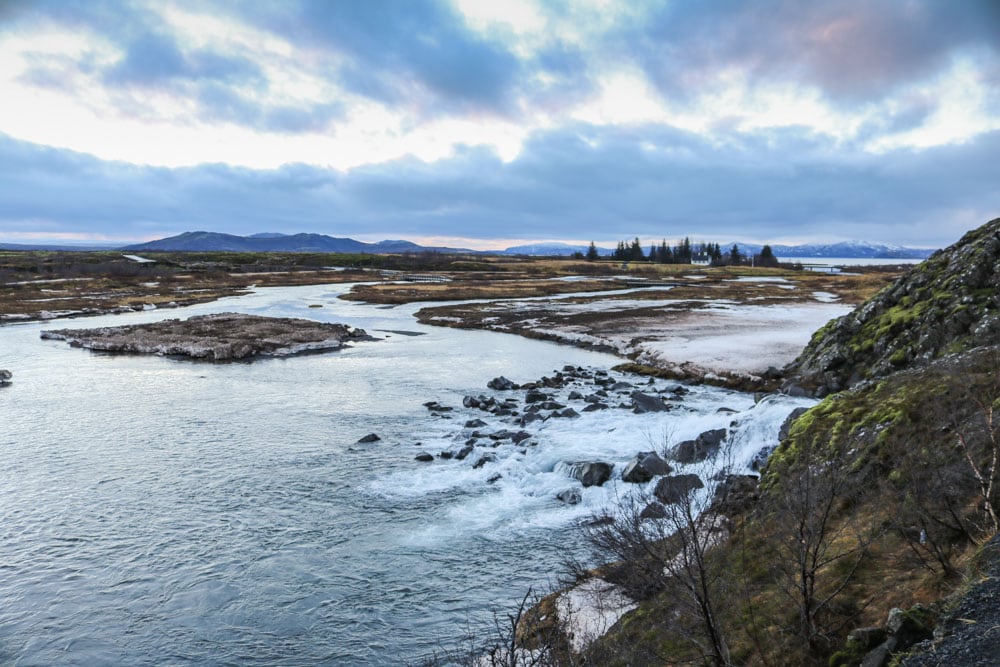
Law Rock was also the highest court of law in Iceland in the Middle Ages. Laws were enacted and legal disputes settled. Lögrétta, as the AlÞingi’s legislative body was called, consisted of chieftains and their followers. Later, bishops became part of it as well. Everyone was allowed to watch the proceedings of Lögrétta.
This ancient parliament existed until 1662, when the Icelanders swore allegiance to the King of Denmark and submitted to his rule. Court proceedings, however, continued in Þingvellir until 1798.
Law Rock still brings Icelanders together and is the very symbol of the nation. When Iceland became a modern independent republic in 1944, the ceremony and celebrations took place at Law Rock in Þingvellir.
As fascinating and significant as this historic rock may be, there’s not much left now. The view over Þingvellir is pretty nice, though, and there are numerous information boards offering a deeper insight into the historical importance of the spot.
Öxarárfoss Waterfall
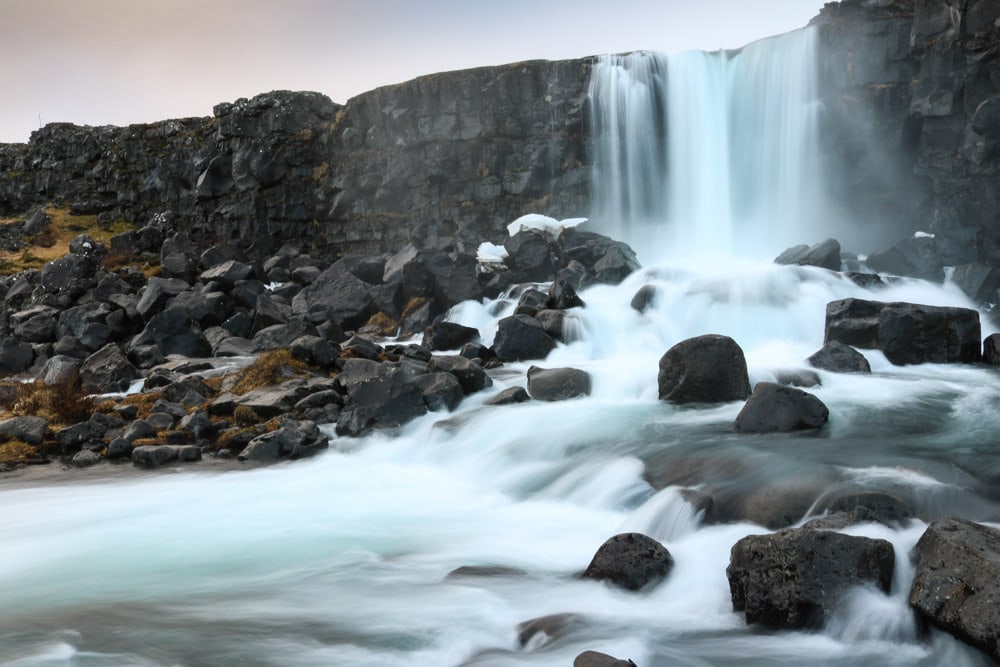
From Law Rock, a trail runs along the gorge that forms a massive scar across Iceland, taking you to one of the prettiest waterfalls in southwestern Iceland.
The Öxará river tumbles into the gorge and onto volcanic rocks. It continues in the gorge, eventually spilling out near Law Rock on its way to Þingvellir Lake, which is incidentally Iceland’s largest lake.
The Öxarárfoss waterfall was my favorite place in all of Þingvellir National Park. I spent at least half an hour there, taking numerous photos.
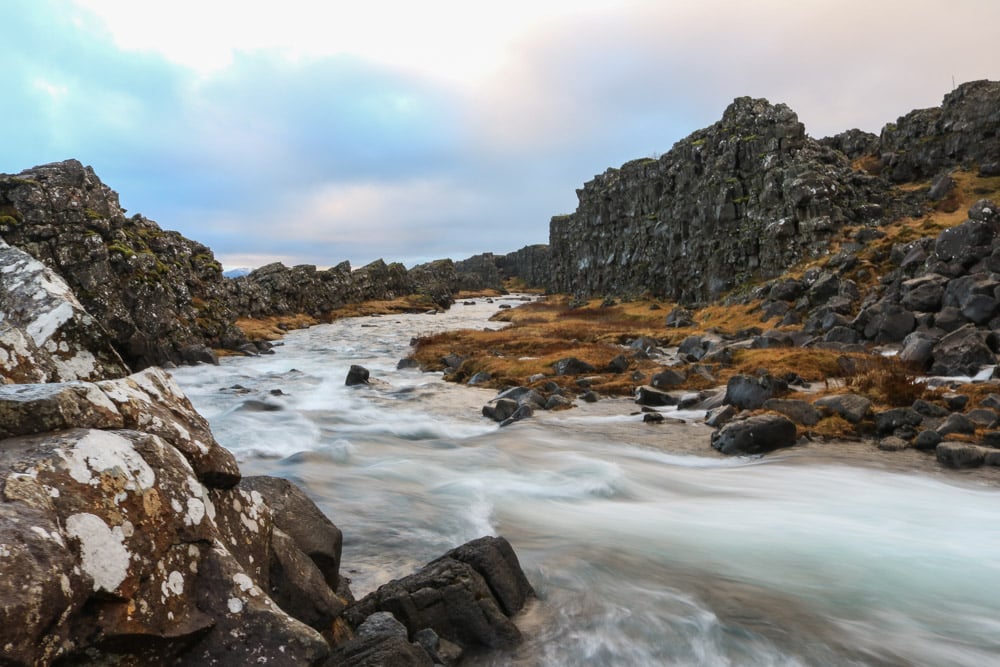
I do have to warn you, though. In winter, the boardwalks leading to the waterfall can be extremely slippery—so slippery even that it’s absolutely impossible to walk on them. If visiting the park in winter, be careful! That being said, as tricky as the walk can be, it’s totally worth it.
Þingvellir Church
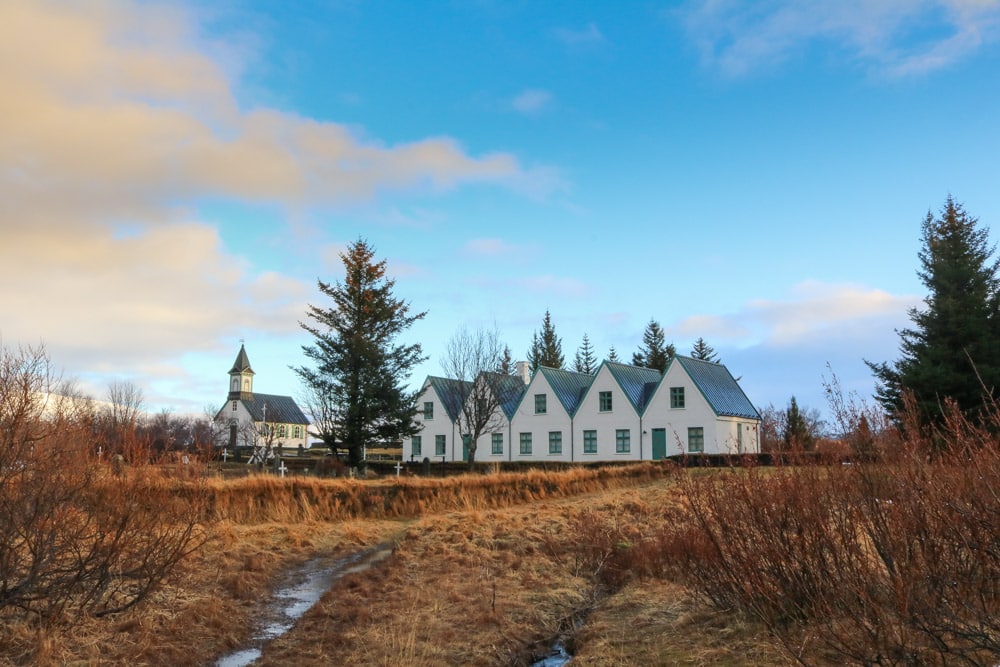
Iceland became a Christian nation in the summer of 1000, a decision that would open up the country to other European cultures. It brought in literature and Icelanders began learning how to read and write.
The first church in Þingvellir was constructed shortly after the adoption of Christianity and was most likely quite large. After all, it had to offer enough room for Lögrétta to meet if it wasn’t possible to meet outside.
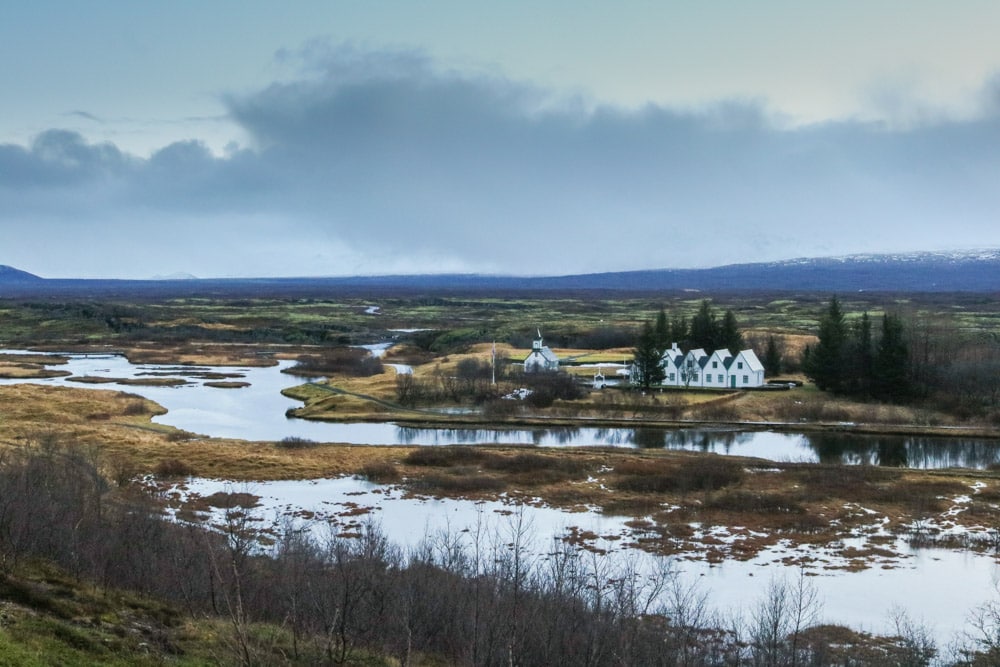
The current Þingvellir Church was consecrated in 1859. Its spire houses three bells. One is an ancient bell, the second was donated by Bishop Jón Vídalín in 1698, and the third was made to be rung during the independence ceremony in 1944.
Some Practical Info & Tips
You can find a wealth of information about Þingvellir National Park’s history, nature and attractions on the official website.
Golden Circle Accommodation
I spent two nights at Ljósafossskóli Hostel during my trip around the Golden Circle. Housed in an old school building, this welcoming hostel has a super-convenient location in between the town of Selfoss and Þingvellir National Park.
I totally recommend basing yourself there for a couple of nights when exploring the Golden Circle.
Car Rental
For affordable rental cars, SADcars is a sublime option to have. They’re the cheapest car rental company anywhere in Iceland, with offices in both Keflavík (near the airport) and Reykjavík. Note that all their cars are used cars, which is why they’re so reasonably priced.
What I liked best about SADcars was that, if necessary, you can rent or buy a wide variety of extra stuff, including maps, remote Mi-Fi hotspots, sim cards, GPS units and lots of cheap additional weather insurance.
And they don’t have a fuel policy! You can return your vehicle empty if you want. It’s the only car rental company I’ve ever used that doesn’t fuss about fuel. Loved that!
Layovers in Iceland
The beauty about visiting Iceland is that you don’t need to make it a separate trip. If you’re already traveling between North America and Europe, you can simply include a layover into your itinerary.
Iceland’s main national airline—Icelandair—allows you to do that. It’s ridiculously convenient. I’ve used this option once now and I will definitely take advantage of it again in the future.
Þingvellir National Park Photo Gallery
Have You Ever Driven the Golden Circle? Did You Visit Þingvellir National Park? I’d Love to Hear What You Thought in the Comments Below!
My two-day visit to Iceland was a result of a collaboration with SADcars. All opinions in this article are, of course, my own.



















